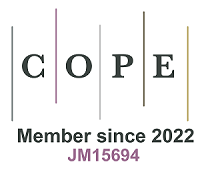fig1

Figure 1. EV-based signaling. Information may be carried by individual EVs or via clusters of EVs. Clustered EVs may open the possibility of a quorum mechanism of signaling often found in bacterial communication. EV-based information exchange appears to influence all of the major organs and inter-organ homeostatic systems in metazoans, including the immune system[94], the nervous system[95], the skin[8], and the endocrine system[96]. Overall metabolism may be influenced by EVs released from muscle upon exercise[97]. In the endocrine system, the interplay between the macrophage and the adipocyte via EVs in the regulation of insulin responsivity represents one example of a close collaboration between endocrine function and EVs[96]. In these various examples, is the conversation or information transfer between cells or tissues (as depicted above) a one-way signaling mechanism or is the information transfer two-way? If information transfer were a two-way mechanism, what would be the nature of the return pathway-vesicular or humoral? What are the complex feedback control mechanisms in play in participating cells? It remains to be seen.










